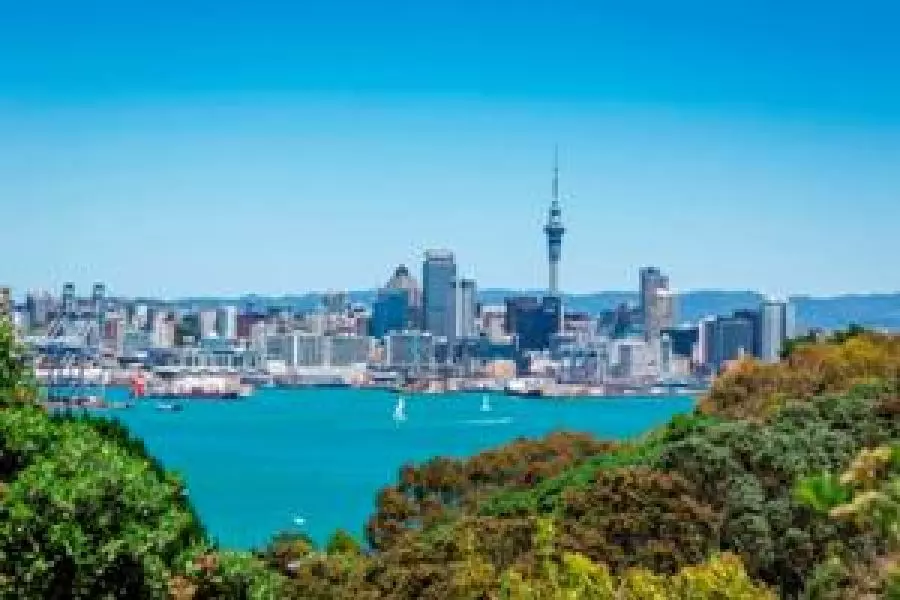News
Battleground Auckland

Thursday 14th of April 2016
Rising prices, growing unaffordability, and an ongoing supply shortage in the SuperCity were causing widespread concern this time last year.
In an effort to contain the situation, both the government and the Reserve Bank introduced a range of measures – including new tax rules, new LVR restrictions and supply-side initiatives.
Initially, the market appeared to respond.
...
Want to read the full article?
Click the button below to subscribe and will have unlimited access to full article and all other articles on the site.






![[The Wrap] Bye Bye Bayly](https://goodreturns.publit.io/file/c_fill,w_900,h_600/39f23ac1-f7c7-4854-b700-a150004ebbac.webp)


